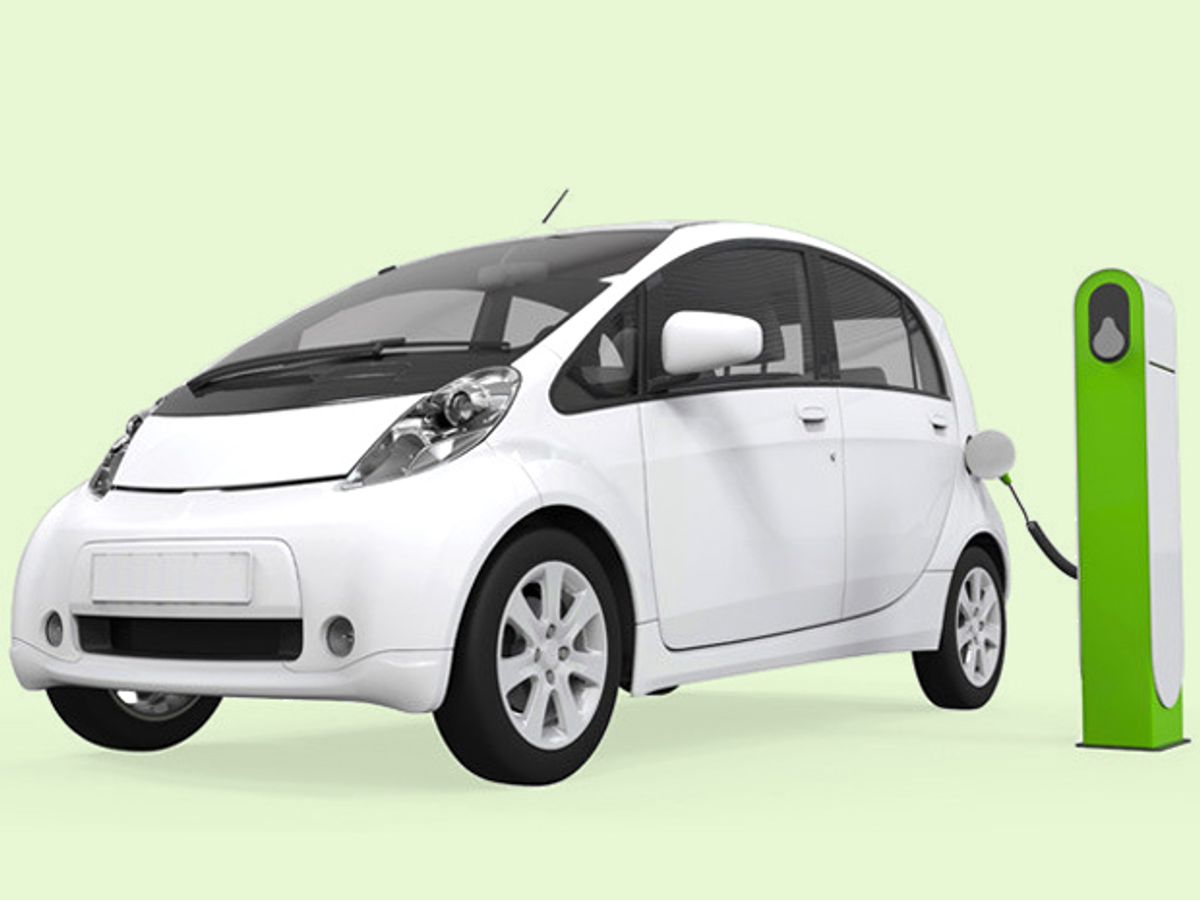Israeli startup StoreDot announced last month at Microsoft's ThinkNext conference in Tel-Aviv that it had started working on a technology that will enable future electric vehicles to fully charge in only 5 minutes. The hours it typically takes now to tank up an EV’s battery is considered a major inconvenience and contributes to drivers’ dreaded "range anxiety" fears. Knowing they can get a five-minute fill-up, StoreDot is betting, might make a big difference to drivers.
Last year, StoreDot demonstrated a smartphone battery that charges in just 30 seconds, but in order to scale that up to work for an EV, it had to develop what it calls a multifunction electrode (MFE). The MFE is a combination of a conductive polymer and metal oxide. The polymer part allows the battery to receive the charge extremely quickly, while the metal oxide part is used to trickle the Lithium ions into the electrode. Trickle charging is important because it prevents the electrode from cracking and shorting out the battery, a real danger when trying to fast charge an ordinary Li-ion battery.
When it comes to battery life, one of the biggest problems plaguing today’s fast charging lithium battery technology is heat, which destroys the electrodes over time. Indeed, existing quick chargers reduce the life of a battery by half—from around 500-600 charges of a fresh lithium ion battery to approximately 250-300 charge cycles. StoreDot developed new organic materials with very low resistance that produce almost no heat. This technology is capable of more than three times as many charge cycles as a normal lithium ion battery (around 1500-2000 charges, according to the company), while at the same time achieving a charging rate about one order of magnitude faster than the best existing battery technology.
To accomplish this, StoreDot doesn't simply take an existing Lithium ion battery and change an electrode. Taking on charge super quickly calls for the replacement of every one of the battery’s components—including the anode, cathode, electrolyte, and separator—with new components optimized for super-fast charging.
This reengineering isn't a small task, so the company raised over US $42 million in 2014 to create a pilot production line that will demonstrate how to manufacture batteries using its technology. StoreDot is estimating that about 80 percent of its manufacturing process will be very similar to the way lithium batteries are being manufactured today.
Of course, the battery is just one part of what’s needed to make super-fast charging a reality.
To understand why, you first have to look at how StoreDot's charging technology will work and what its limitations are. To fully charge the battery of an electric vehicle in 5 minutes, you need a powerful electrical infrastructure. How powerful? According to Doron Myersdorf, StoreDot's CEO and co-founder, you will need to plug into a charging apparatus delivering at least 200 kilowatts of power for every 100 km you intend to drive between charges. So super-fast charging at home is out, unless you are living in a modern high-rise building with this level of power. And even if you do live in such a building, that level of current draw will prevent more than a single car from being charged at any given time.
A five-minute charge will also require a more direct connection to the battery than is found in today’s EVs.
StoreDot's goal for its car battery technology is to be able to provide the driver with a similar refueling experience to what he or she currently has: a 5 minute stop at a local refueling station for a full tank that can last for a few hundred kilometers. But that will mean connecting existing and future refueling stations to more than 200 kW power.
Tesla had a similar problem when it began building out its Supercharger network of 120 kW fast charging stations in the United States. A Supercharger can deliver enough energy to provide about 320 km (200 miles) of driving for a Tesla model S in 30 minutes. StoreDot's technology could charge a car much more rapidly, but doing so would require that the station be relatively close to a high-power transformer. So StoreDot believes that widespread deployment of this technology will come only with some sort of government support directing where new grid components are installed.
According to Myersdorf, the cost of a StoreDot car battery will be about 20 to 30 percent higher than today’s lithium-ion units, mostly due to the use of costly organic materials. However, when taking into consideration the fact that the technology allows for around three times as many charge-discharge cycles, the long term cost of ownership should actually be 50 percent lower. So the savings could be in the thousands of dollars.
StoreDot expects that we will see the first product based on its technology around the second half of 2016—but for the mobile market. The company says it should have a preliminary prototype of the vehicle battery in 2016 and a commercial prototype in 2017.
StoreDot has set for itself two extremely ambitious goals for a company that is less than three years old: to change the way we use our mobile electronic devices and the way we power our cars. Although the company still has to prove that it can deliver on its promises—especially in the complex ecosystem that is the vehicle market—success could mean a dramatic change in the way most of us operate on a daily basis.



